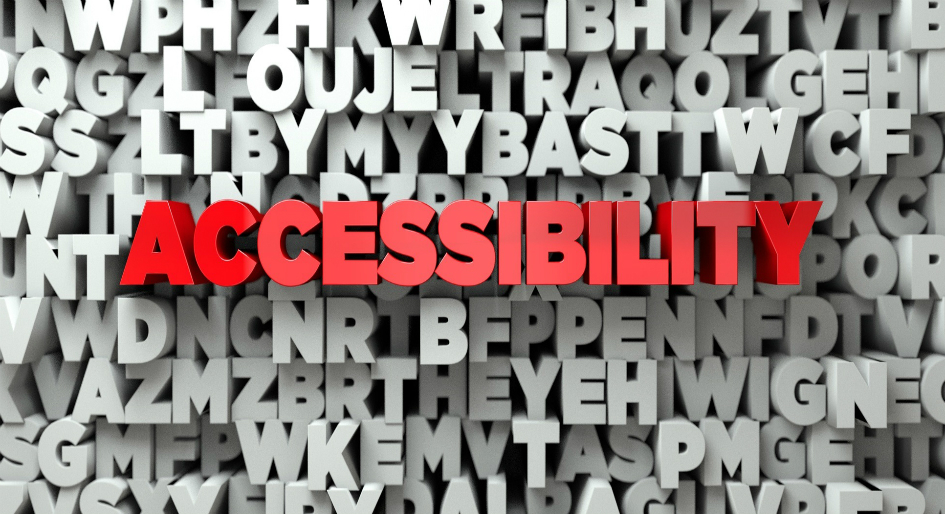Building owners and facilities managers could qualify for full funding, up to $100,000, to install ramps, accessible doors and accessible washrooms, but they should apply promptly since a newly announced round of the federal Enabling Accessibility Fund will approve such projects on a first come, first served basis. Carla Qualtrough, Minister of Employment, Workforce Development and Disability Inclusion, opened a call for proposals earlier this week, which also introduces new measures to streamline the allocation of funds for the three most common low-capital accessibility upgrades.
A new flat-rate costing formula will replace the previous requirement to submit construction quotes and other budget information. Instead, applicants can match their proposals to standardized specifications and, in turn, receive a grant equivalent to the estimated project costs. Proposals for other types of small-scale construction, renovation or retrofit projects that the fund covers, such as implementation of communications technology or universal design, will still require more detailed supporting documentation.
“These last few months have been hard for everyone, with persons with disabilities facing additional hardships and barriers to participation,” Qualtrough observes. “I hope that the changes made to the Enabling Accessibility Fund will help organizations across the country get their projects underway and continue to make our workplaces and communities more inclusive and accessible for everyone.”
Businesses, not-for-profit groups, small municipalities, Indigenous organizations and territorial governments are invited to apply for the program by July 13. Prospective proponents that offer, or plan to offer, employment opportunities for people with disabilities have preferred status for access to funds. Approved proponents will have 24 months to complete their projects, a doubling of the previous time limit.
The Enabling Accessibility Fund was established in 2007 and topped up with extra funding in the 2017-18 federal budget. An annual budget of $20.65 million will be available until 2027-28 to support efforts to make the built environment more accessible and inclusive.
In addition to funding for small capital projects, property and facilities managers could have an opportunity to align their talent recruitment strategies with the enabling fund’s youth innovation component. It selects youth accessibility leaders, aged 15 to 30, who have worked with an organization to develop a proposal to address barriers to accessibility in workplaces or public spaces. Young candidates now have until October 30 to conceptualize and submit project proposals for initiatives valued at up to $10,000.
“We know that keeping youth engaged at this time is critical,” Qualtrough maintains. “Our youth are creative, adaptive, comfortable with technology and resourceful, and those are exactly the skills that we need to leverage now, more than ever.”
Last year, 119 proponents received funding to collectively deliver $1 million worth of investment. “This program is an example of the fantastic youth accessibility leaders from across Canada who are working towards improving inclusion and access in our society,” Qualtrough says.







